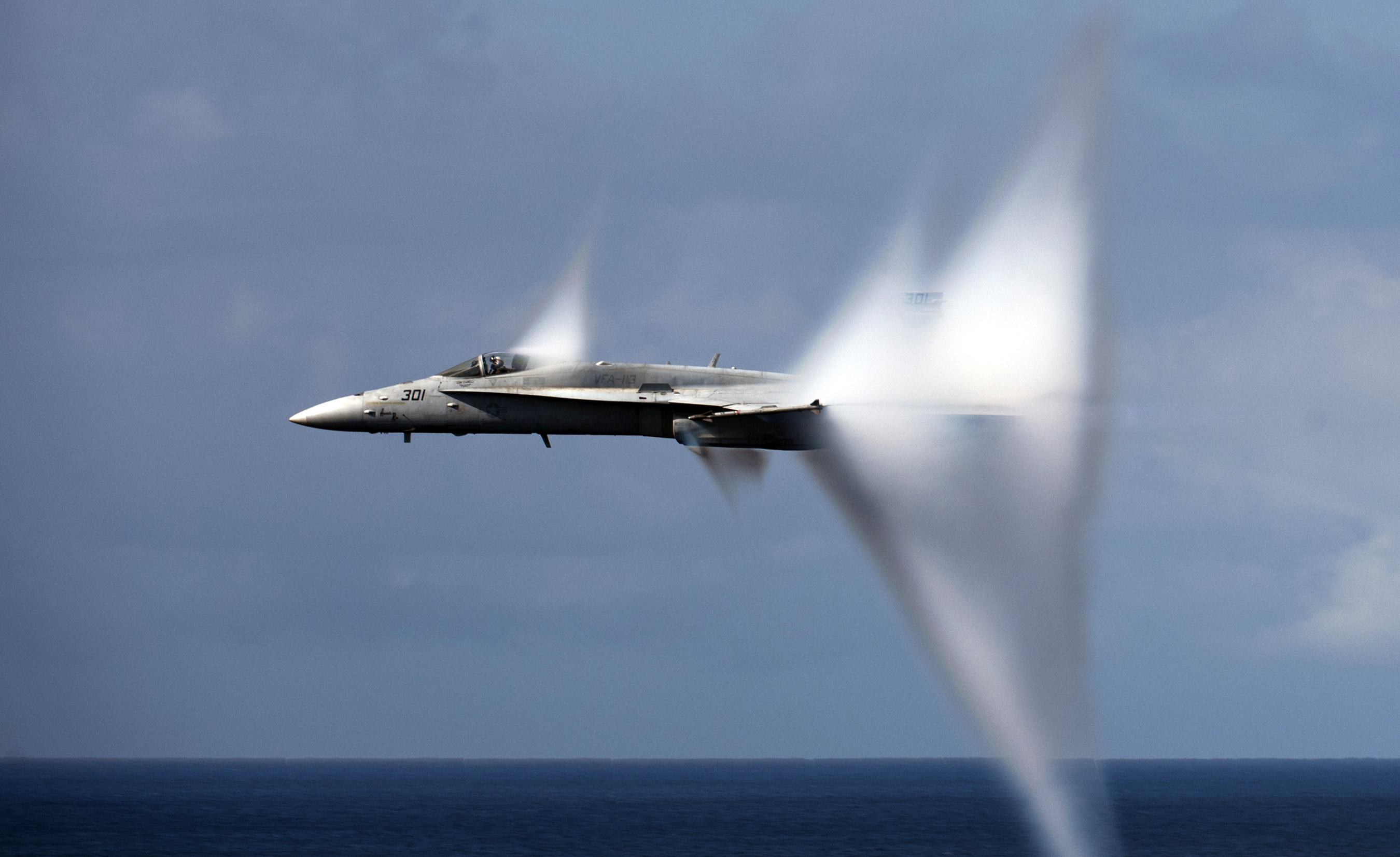Many of us have seen smoke, gases or fumes in the sky and it is pretty common to see large trail intersections like clouds. While flying, each aircraft can experience condensation in different ways, but each is produced by conditions ranging from altitude to temperature.
The contrails, the name they receive, are ice cloud made by condensation of the water vapor around small dust particles, this produces vapor with energy to freeze. The process involves the effect of the combustion as well, however there are other types of contrails where the combustion has nothing to do with.

The most seen traces in the sky and the ones that last the longest and it is Persistent Non-Spreading Contrails, these are visible from below and the outer space, fill our skies in just one day. The persistent contrails could last even the whole day if the atmosphere conditions help to, when the atmosphere is wet and humid enough.

The persistent contrails can travel a large distance from where they were seen if the wind speed in atmosphere contributes to that.
another type of condensation is Short-lived contrail, this remains much less time, the water vapor sublimates into gas and dissipates much faster. This type of contrail lies at an atmosphere where the humidity is lower and the water vapor in air is not enough.

The persistent spreading contrails are those where the air mass is turbulent and the contrail is dissipated forming a bigger cloud behind the plane.

Contrails common seen while take-off, landing, or aircraft maneuvering are trails but in this case formed by a different type of process when the temperature and pressure of the air drops. As the wing or lift surfaces generate lift along with specific atmosphere conditions you can see vapor trails behind the surfaces of the aircraft, propellers, rotors of helicopters, etc.


in a broader way it has been observed the condensation process while flying in cases where the aircraft reaches the transonic speeds or sound speed. The vapor cone also known as shock collar. it is the same water vapor forming the cloud around the object at high speed that experienced a decreasing in temperature and pressure caused by the shapes of the aircraft surfaces.

So the vapor pressure of water equals the pressure of its surrounding. There is a wide subject of explaining the flow physics at high speed, these are Prandtl–Glauert singularity and the Prandtl–Glauert transformation as well as others topics involved, but they could be explain in other article soon.

References:
https://www.nasa.gov/aeroresearch/resources/mib/contrails
http://www.wilk4.com/misc/soundbreak.htm
Cover Photos;
Martin Ruegner/cosmosmagazine.com/Getty Images/
U.S. Navy photo by Photographer’s Mate 3rd Class Jonathan Chandler
Discover more from Aviation for Aviators
Subscribe to get the latest posts sent to your email.





















Leave a comment